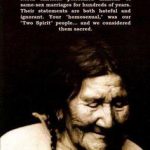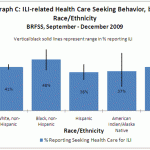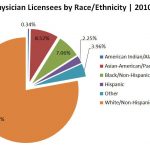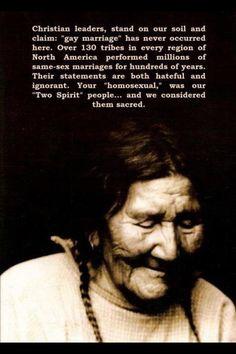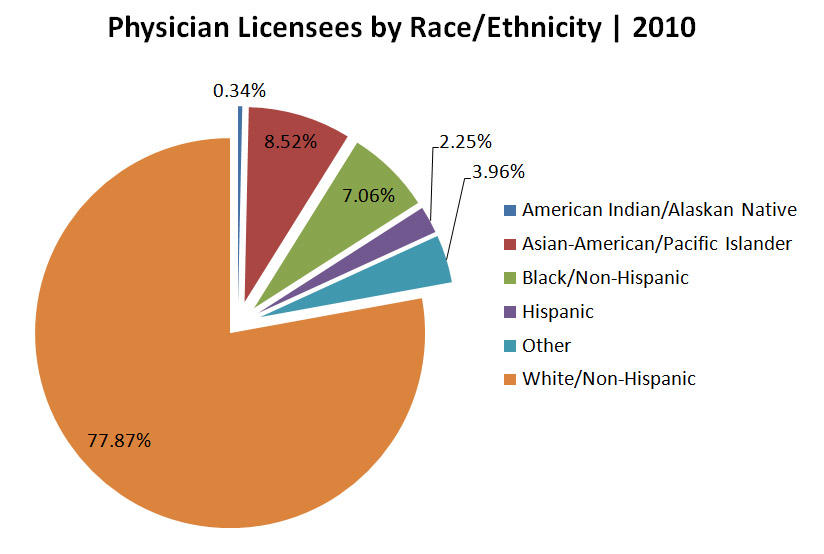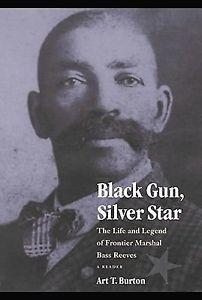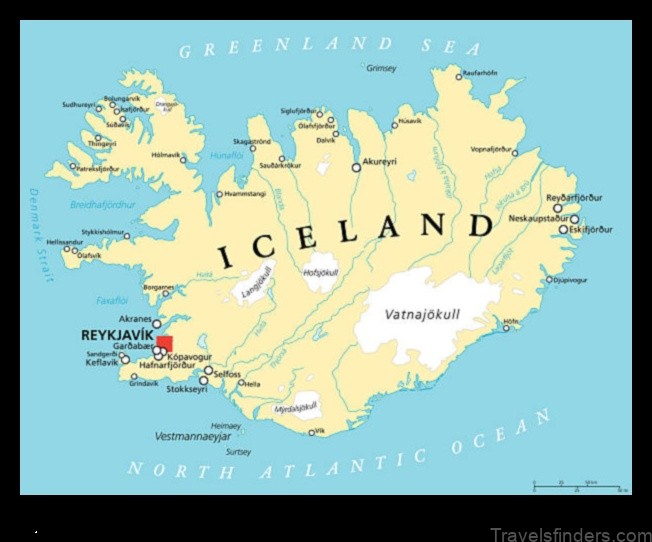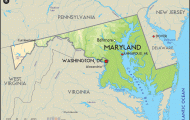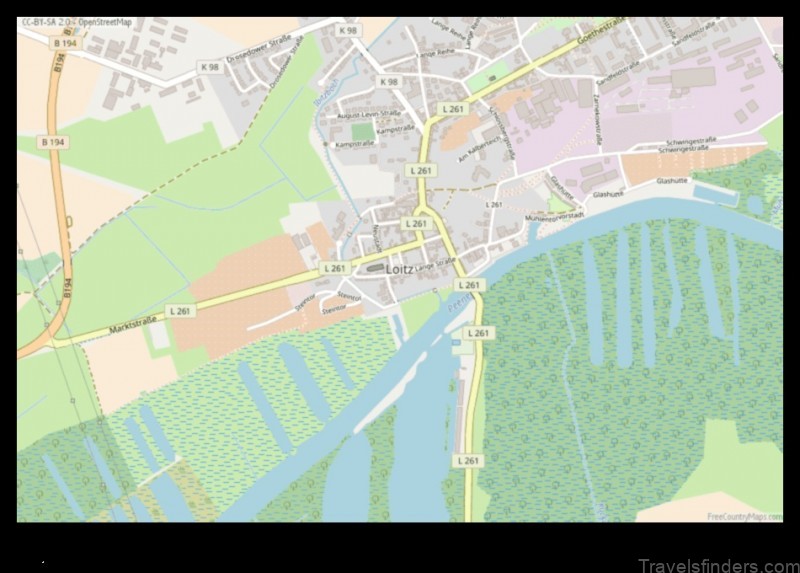At the beginning of the twenty-first century, Americans tend to differentiate between race and ethnicity, seeing the former as inherited physical differences
and the latter as a distinctive sense of common ancestry and culture. But between 1500 and 1700, as Europeans, Africans, and Native Americans met,
traded, fought, and talked about each other, concepts of race and ethnicity (and nation) blended together in an ambiguous, often inconsistent, fashion,
similar to modern notions of ethnicity. Appearance, clothing, religion, politics, manners, and even food preference and preparation all were investigated
as aspects of a distinct lineage, group, or nation. Sometimes these aspects were viewed as permanent and inherited, and sometimes they were viewed as
shaped (and potentially reshaped) by environment.
After 1700, more rigid perceptions of race and ethnicity emerged with a clear hierarchy, as skin color increasingly demarcated legal status, social rank,
occupation, and other differences in lifestyle and social relations. On the colored side of this dividing line, Native Americans and Negroes were viewed
as inferior to whites, with their skin colors (red and black) and racial characteristics subsuming ethnic variations. On the white side of the line, colonists
perceived substantial variations among different ethnic groups English, Germans, Scots-Irish, French Huguenots even though their Christian religion
and European heritage provided a fundamental connection.
The history of group identity in colonial North American has three distinctive themes, all of which became more prominent in the eighteenth century. First,
there was an emphasis on skin color as the key indicator of group distinctiveness, denoting a cluster of physical, behavioral, psychological, and cultural
attributes; this applied not only to Africans and Native Americans but also to Europeans. Second, resulting perhaps from the need to justify the legal and
social distinctions of black slavery and the dispossession of Native Americans, Europeans, particularly colonists, increasingly perceived a rigid hierarchy of
races, with whites at the top, Native Americans in the middle, and blacks at the bottom. And third, the British colonies in North America, especially New
York and Pennsylvania (and, after 1720, the western border areas along the Appalachian Mountains), became more diverse as they attracted a growing
m©lange of peoples from many areas of Europe, as well as more Africans being brought into slavery.
These three developments encouraged distinctions of race in colonial British America that supplanted traditional English demarcations of class and even
gender. Ironically, these distinctions became even more rigid and comprehensive after 1750 among some of the Anglo-American intellectuals who
embraced the new Enlightenment notions of objectivity and scientific truth.

